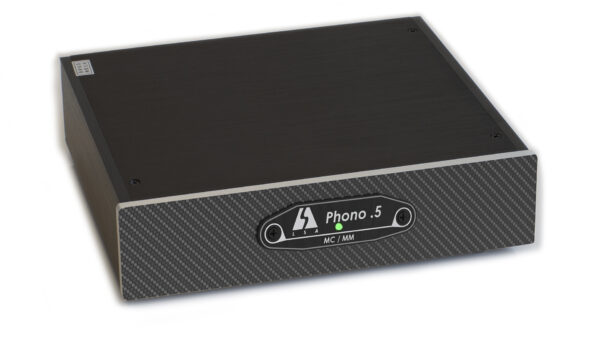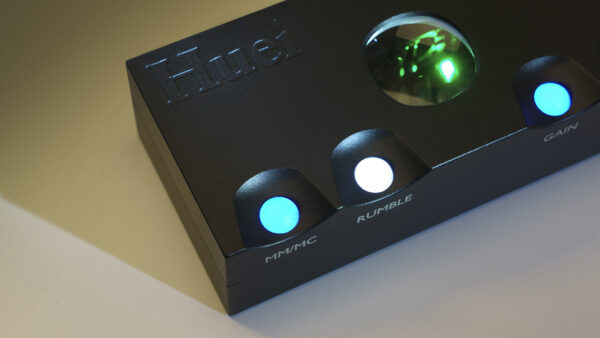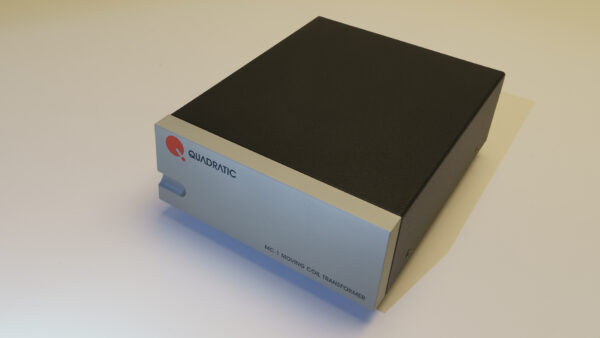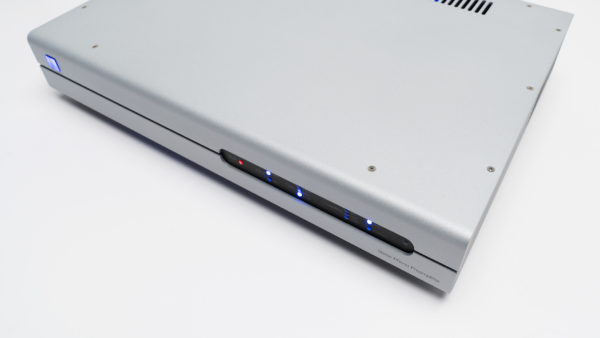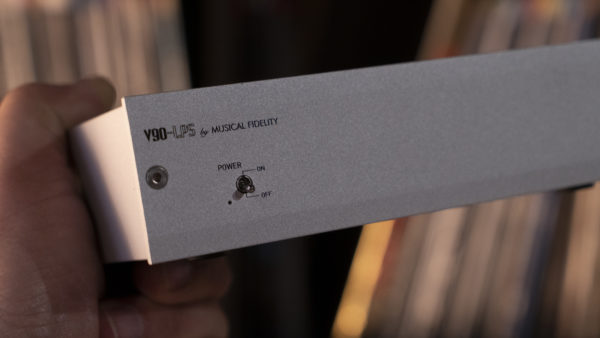Extended listening to the Audio Research PH9 might have you looking more closely at the front and rear panel for a “REF” logo. This is a spectacular phonostage. There’s a smooth, natural quality to the vinyl playback that hints at a much higher price, thanks to their hybrid FET/Tube design, which they’ve been refining since the PH3 made its debut in 1995. The original design used solid-state rectification and voltage regulation, the current design now uses a 6550 and 6H30 for voltage regulation, as in the REF series components.
Audio Research has always received, and rightly so, a lot of praise for their “Reference” line of components – from reviewers and owners worldwide. Justifiably so, these are fantastic pieces, and in the context of the performance and build quality they deliver, excellent value as well. Ask anyone who owns a 10, 20, 30-year old (or older) ARC component.
The current Reference 3SE Phono is a top addition to a mega system, and at $17,000, it delivers the goods; however, not everyone needs a two-input phono, and not all of us have that budget to work with. ARC is continually refining their products, and after 50 years, what they learn painstakingly tweaking their top components always makes it down to the rest of the range. The $9,500 PH9 featured here is a perfect example of this philosophy. The difference in performance between the REF piece and the PH9 is not as vast as the price tags suggest.
While ARC has built its top range of components around a fully balanced topology, the PH9 is single-ended, only requiring 3 6H30s (along with their hybrid MOSFET circuitry) instead of the 6 in the REF 3SE Phono. Where the REF offers 45/51db and 67/73db of gain (SE/BAL, switchable from the front panel), the PH9 has a single 58db setting. This might be a little high for MM users, but we’ll speculate that most analog enthusiasts aren’t going to use a $9,500 phonostage for their $600 MM cart. Those of you using the Grado moving iron cartridges, with a .5mv output and 47k loading, will be in heaven. For as long as we can remember, the Grado wood-bodied moving iron carts are an incredibly good match for the ARC phono stages, and the PH9 holds up that tradition. 58db of gain will be fine for most MC cartridges in the .4-.6mv output range – which covers an extensive list of cartridges for you to choose from.
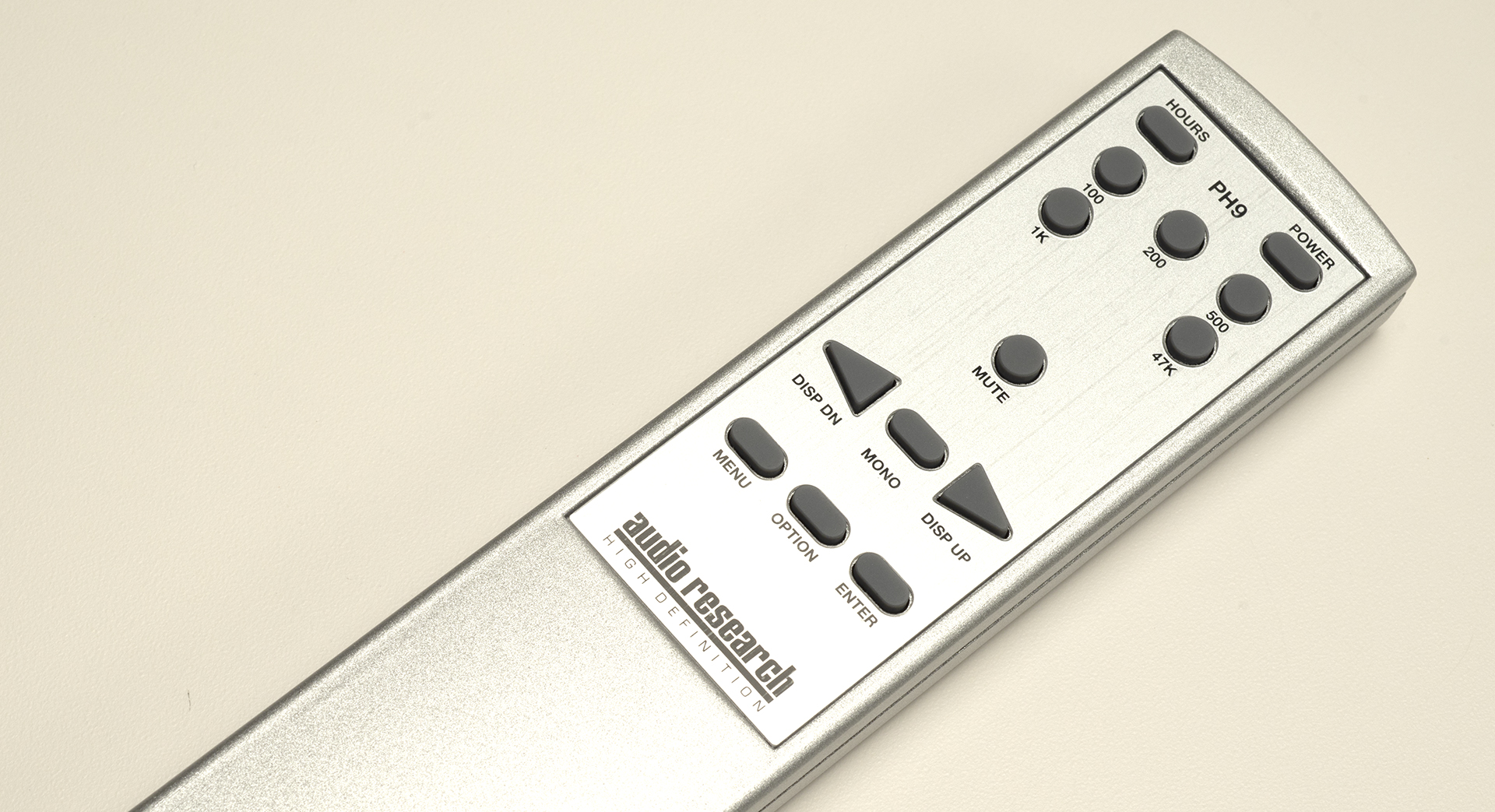 The PH9 offers adjustable loading at 100, 200, 500, 1000, and 47k ohms. Again, this should cover 99% of the MC cartridges at your disposal. The only cartridges we did not have outstanding luck with were the Rega Apheta 3, and the Denon 103R, but for different reasons. The Apheta really needs to be loaded at 25 ohms for the best result. At 100 ohms, it still sounds a little stiff and bright. The Denon, with .25mv output, is a bit weak, however, if you have a preamp with a fair amount of gain and low noise floor, you will still be fine. Everything else at our disposal from Lyra, Kiseki, Koetsu, AVID, Clearaudio, and Ortofon (all in the .4-.6mv output range) delivers excellent results.
The PH9 offers adjustable loading at 100, 200, 500, 1000, and 47k ohms. Again, this should cover 99% of the MC cartridges at your disposal. The only cartridges we did not have outstanding luck with were the Rega Apheta 3, and the Denon 103R, but for different reasons. The Apheta really needs to be loaded at 25 ohms for the best result. At 100 ohms, it still sounds a little stiff and bright. The Denon, with .25mv output, is a bit weak, however, if you have a preamp with a fair amount of gain and low noise floor, you will still be fine. Everything else at our disposal from Lyra, Kiseki, Koetsu, AVID, Clearaudio, and Ortofon (all in the .4-.6mv output range) delivers excellent results.
Because the PH9 is so quiet and so natural in its presentation, running through a range of cartridges that are modestly warm in overall tone (Grado MI) to slightly stark (Clearaudio DaVinci), there should be no roadblocks here. Magic is not only a tough, ethereal thing to quantify, said feeling is different for every listener. Yet, I couldn’t help going back to the Kiseki Purple Heart cartridge and the PH9, with the Luxman PD-171 turntable. There was such a great balance/synergy, achieving a level of reproduction and approachability that kept me in the listening chair for days. This entire combination is not inexpensive at just under $20k, with a pair of Tellurium Q Black Diamond interconnects. Still, it goes past the tipping point that usually requires much more expensive gear to achieve. In short, the PH9 will take you very close to the top of the analog mountain.
Test tracks
For the last year now, Trio Palabras’ Lo Que Dice Mi Cantar has been an excellent reference recording, offering up a great mix of acoustic instruments and female vocals. These Cuban folk songs never get tiring, and the recording quality is incredible. The delicate, yet at the same time dense, layered recording presents a challenge to keep things light and natural, a test the PH9 passes quickly.
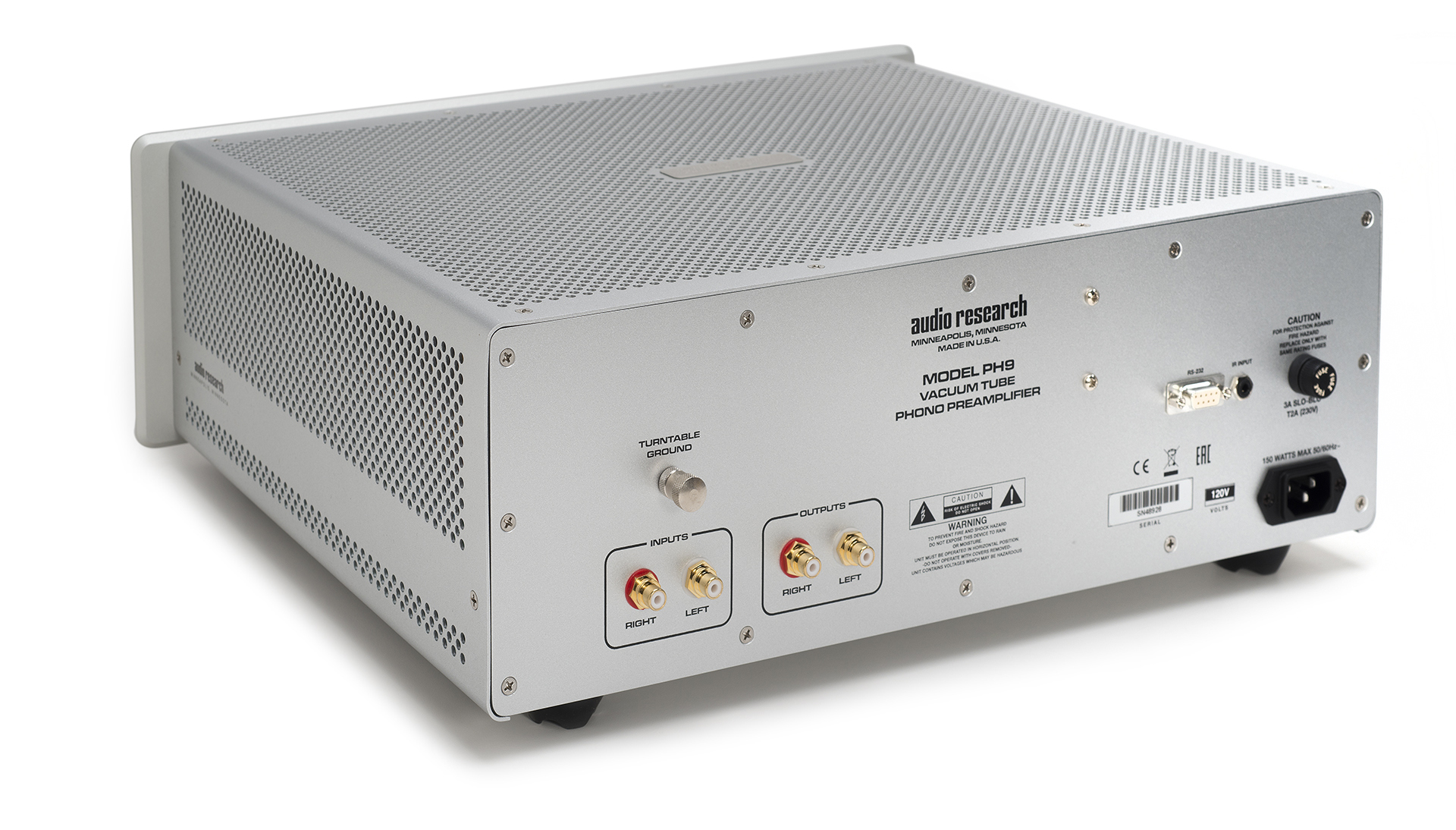 Cranking up UFO’s “Too Hot To Handle,” from their Lights Out live LP is unique for two reasons. This is a somewhat compressed record, as so many live LPs of the late 70s were, and sounds awful when played back on a vinyl system that lacks dynamic range and low background noise. The PH9 passes this test with ease, sounding better than the day I stopped at the record store on the way home with my Audio Research D-79 in the trunk decades ago. Great as Lo Que.. is, this record is more exciting because I’m guessing you probably have more average pressings in your collection than stellar ones. Should you fall in that category (count me in), the PH9 is one of those rare components that will bring a lot of life to some of your records that you might have thought out of reach in the context of your audiophile system.
Cranking up UFO’s “Too Hot To Handle,” from their Lights Out live LP is unique for two reasons. This is a somewhat compressed record, as so many live LPs of the late 70s were, and sounds awful when played back on a vinyl system that lacks dynamic range and low background noise. The PH9 passes this test with ease, sounding better than the day I stopped at the record store on the way home with my Audio Research D-79 in the trunk decades ago. Great as Lo Que.. is, this record is more exciting because I’m guessing you probably have more average pressings in your collection than stellar ones. Should you fall in that category (count me in), the PH9 is one of those rare components that will bring a lot of life to some of your records that you might have thought out of reach in the context of your audiophile system.
Listening to a wide range of electronic and acoustic music reveals no shortcomings in the PH9. Borrowing my REF Phono 2 SE from staffer Jerold O’Brien for a loose comparison shows just how far ARC has come in about 8 years. I think the toughest question is not deciding between the PH9 and the REF Phono 3SE, but between a used REF Phono 2SE and a PH9.
The REF Phono 3 still has enough extra dynamics and resolution to present a distinct advantage over the PH9, as it should for almost twice the price. However, if you don’t need the extra input or gain, and are living with a phono cartridge in say, the $1,500 – $3,000 range, the PH9 is more than likely all you need. Those with the top range tables and the next jump up in phono cartridges will want a REF Phono 3SE. But again, for everyone else, the PH9 is an excellent final destination. No shame in that at all.
It’s also worth noting that the PH9 is a significant step up from offerings in the $3k-$5k range that we’ve sampled. There’s more than enough additional refinement, resolution, and clarity that just does not come with a $3,000 phonostage. In every aspect, the PH9 reveals a lot more music in every way.
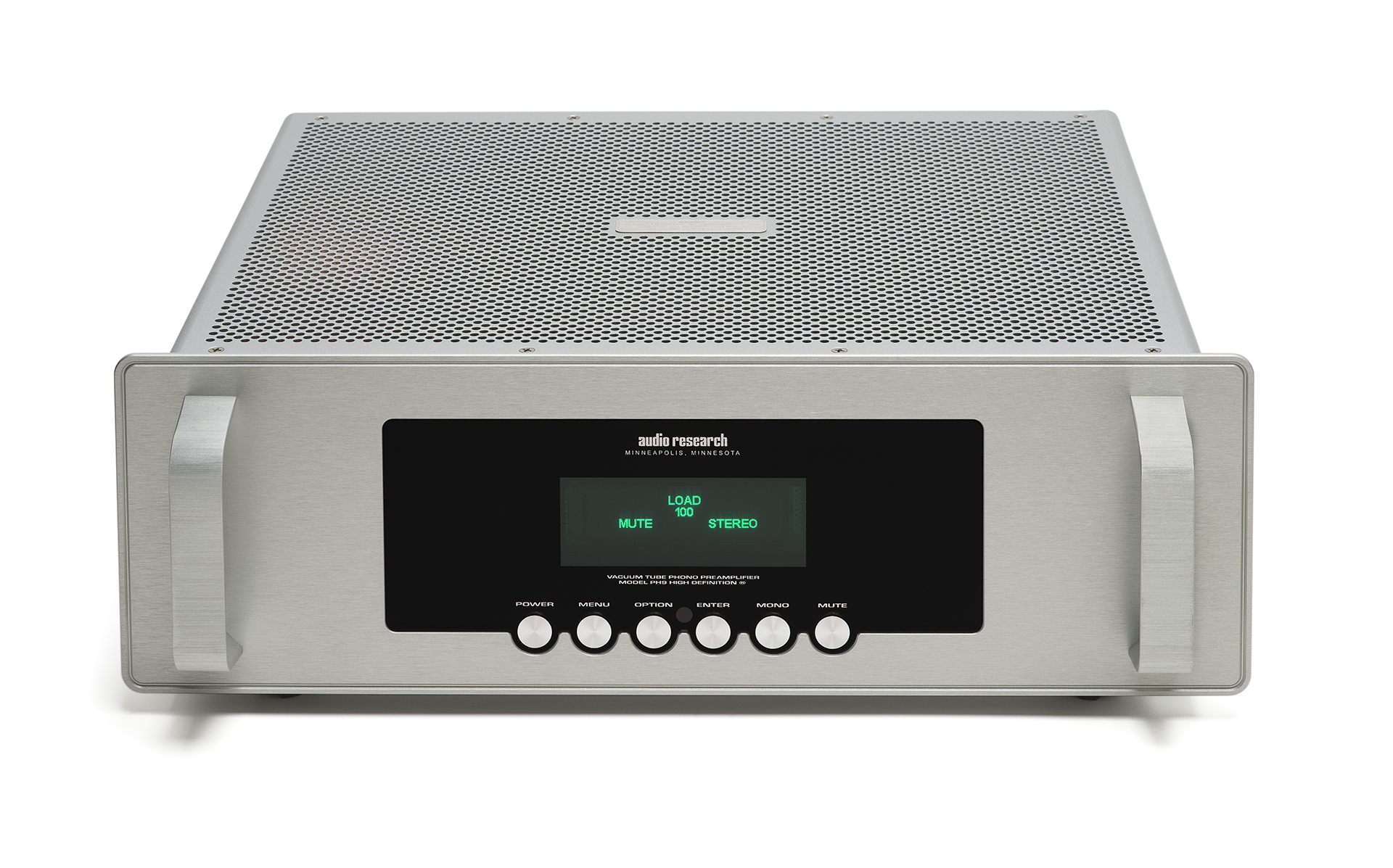 Those loving acoustic music will appreciate the speed and articulation that the PH9 presents, giving an extra dose of liveliness to their favorite tracks. Rock fans will love how this phonostage can unravel the heaviest tracks, while hip hop and electronica aficionados will dig the forceful low end the PH9 brings to the table.
Those loving acoustic music will appreciate the speed and articulation that the PH9 presents, giving an extra dose of liveliness to their favorite tracks. Rock fans will love how this phonostage can unravel the heaviest tracks, while hip hop and electronica aficionados will dig the forceful low end the PH9 brings to the table.
Something special indeed
It’s impressive when solid-state designers can make a component that transcends its build sheet, and just sounds like music in a way that you can simply escape and not find yourself wondering what’s under the hood. ARC has done the same thing from the other side of the drawing board, building components that don’t sound “tubey,” they just sound natural – keeping with their high definition moniker.
Reflecting on the Luxman EQ-500 that Richard Mak and I have both evaluated, there’s no mistaking that component for having vacuum tubes inside. Yet the PH9 sounds neither like a specifically tube or solid-state component – a major feat itself. Music reproduced with the PH9 is utterly free of glare and electronic artifacts. This is an incredible triumph because the 6H30 tube can sound brittle when not optimized for the circuit it is in. There’s none of that here with the PH9 – this phonostage is very dynamic and natural sounding. The Pass XP-27 is slightly more dynamic and forceful in the lowest bass notes but lacks the ultimate clarity of the PH9. It’s not a big jump, but it is noticeable. To make it tougher, some of this will be accentuated with your cartridge choice.
So, it’s a close heat here, and you will have to think through your needs carefully – as there are some excellent choices at this price. The front panel controls, all remote accessible helps to fine-tune a bit, and it’s certainly an attractive feature. The user-friendliness of ARC components is always top. No fiddling with DIP switches or removing the covers. I like that. If the PH9 ticks all of your boxes and you can work with a single-ended rather than balanced phonostage, and you only need one phono input, it’s the hands down winner.
As exciting as the cost no object components are, the ARC PH9 offers an incredibly high level of performance for the price asked. It was indeed impressive when we listened to it two years ago as part of the Foundation series. Still, after a significant update to my main system, it’s even easier to hear what an overachiever this phonostage is. Every time I ask the question, “how can they make it better?” the engineers at ARC meet the challenge. But for now, the PH9 is awesome.
Highly recommended.

The Audio Research PH9 phonostage
$9,500
Peripherals
Preamplifier Pass XS
Amplifier Pass XA200.8
Turntables Luxman PD-171, Rega P10, AVID Volvere SP
Cartridges Avid Ruby Reference, Clearaudio DaVinci, Denon D-103R, Dynavector 17DX, Grado Reference, Kiseki Purple Heart, Lyra Etna
Vibration Control Grand Prix Monaco Racks
Cable Cardas Clear, Tellurium Q Black Diamond

